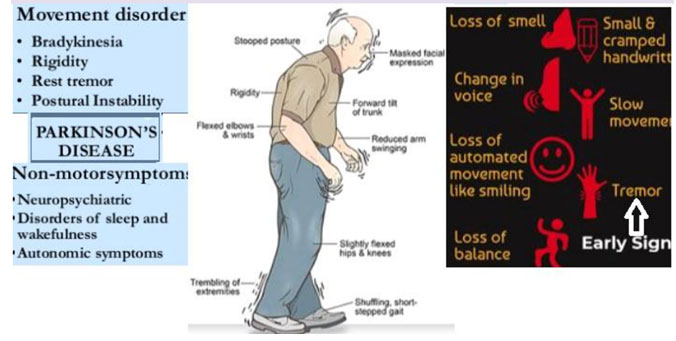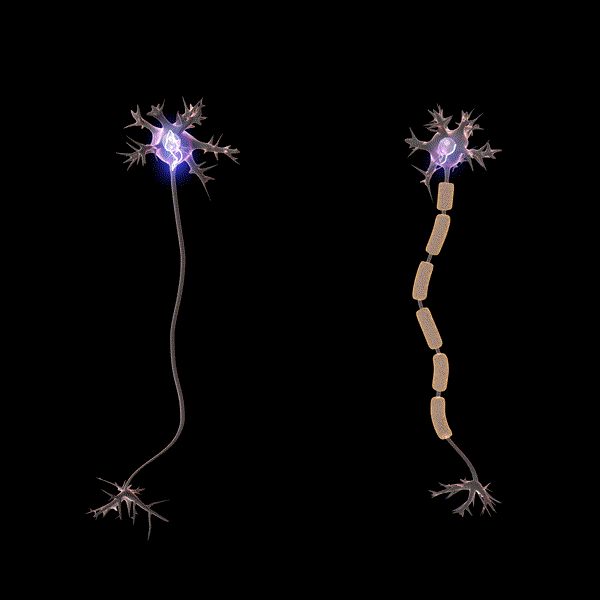PARKISONISM / MULTIPLE SCLEROSIS
The term “movement disorders” refers to a group of nervous system (neurological) conditions that cause abnormal increased or decreased slow movements, which may be voluntary or involuntary. Common movement abnormalities are poorly coordinated limb movements- ataxia, atypical Parkinsonism, Parkinson’s disease, eye of hemifacial spasm, tics, tremors, Huntington’s chorea, poor stance and posture, muscle tone abnormalities and functional movement disorders. Anti-depressants and sstimulant drugs like amphetamine, methylphenidate, and pemoline have been known to produce movements like as dyskinesias, dystonia, stereotypic behavior, and tics. Hesitancy, freezing, posturing, jerking


Parkinson’s disease is a brain disorder that causes unintended or uncontrollable movements, such as shaking, stiffness, and difficulty with balance and coordination.Symptoms usually begin gradually and worsen over time. As the disease progresses, people may have difficulty walking and talking. They may also have mental and behavioral changes, sleep problems, depression, memory difficulties, and fatigue. Although most people with Parkinson’s first develop the disease after age 60, about 5% to 10% experience onset before the age of 50. Early-onset forms of Parkinson’s are often, but not always inherited. Treatment varies by its subtypes and severity. Medicines can cure some disorders. Others get better when an underlying disease is treated. Often, however, there is no cure, but relief with reasonable independent life for 10 to 20 years.

Multiple sclerosis is a potentially disabling disease of the brain and spinal cord. This does have different types of courses with phenotypic characters. In this disorder immune system attacks the protective insultation sheath that covers integrated circuits like nervous tissue and nerve fibres and causes communication problems within your brain and the rest of your body. Eventually, the disease can cause permanent damage or deterioration of brain body interaction. Vision problems are also common, such as partial or complete loss of vision, in one or both eyes with pain during eye movement, double vision, blurry vision. Other prominent concerns is slurred speech, fatigue, dizziness, tingling or pain in parts of your body, problems with sexual, bowel and bladder function
